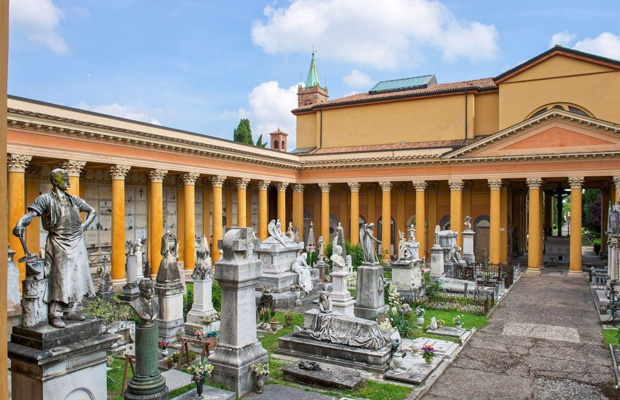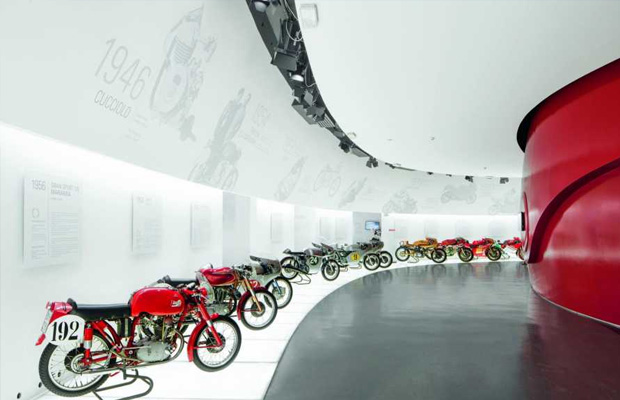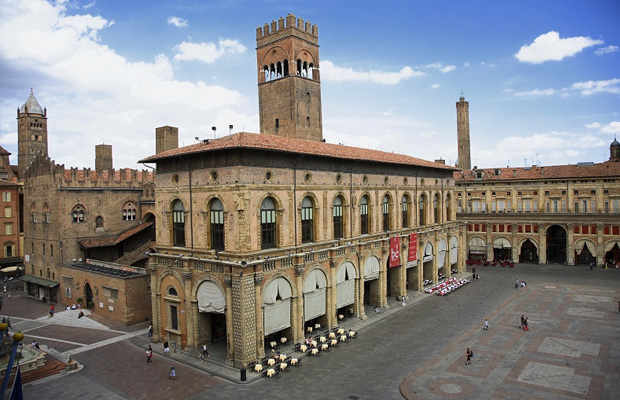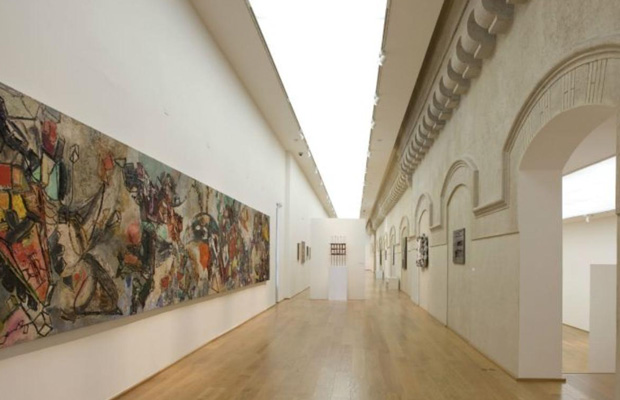Certosa di Bologna
Certosa di Bologna
Italy
Bologna
Bologna Travel Guide
Book Tour & Activities
Your tour in Bologna.
Book your stay
Your hotel in Bologna.
Overview
The Certosa di Bologna is a former Carthusian monastery in Bologna, northern Italy, which was founded in 1334 and suppressed in 1797. In 1801 it became the city's Monumental Cemetery which would be much praised by Byron and others. In 1869 an Etruscan necropolis, which had been in use from the sixth to the third centuries BC, was discovered here. The Certosa is located just outside the walls of the city, near the Stadio Renato Dall'Ara, at the foot of the Monte della Guardia and the Sanctuary of the Madonna di San Luca.
The Certosa di Bologna is a former Carthusian monastery in Bologna, northern Italy, which was founded in 1334 and suppressed in 1797. In 1801 it became the city's Monumental Cemetery which would be much praised by Byron and others. In 1869 an Etruscan necropolis, which had been in use from the sixth to the third centuries BC, was discovered here. The Certosa is located just outside the walls of the city, near the Stadio Renato Dall'Ara, at the foot of the Monte della Guardia and the Sanctuary of the Madonna di San Luca.
The Church
The church is dedicated to Saint Jerome (San Girolamo). The painting over the high altar is The Crucifixion by Bartolomeo Cesi; to the left is a Prayer in the Garden of Gethsemane and to the right a Deposition, also by Cesi. The wooden inlaid choir stalls were restored by Biagio De' Marchi in 1538 after a fire started by the Landsknechts of Charles V, Holy Roman Emperor. There is a series of large (450 x 350 cm) paintings of episodes from the life of Christ which were commissioned to Giovanni Andrea Sirani (Christ in the House of Simon, 1652), Elisabetta Sirani (The Baptism of Christ, 1658), Francesco Gessi (The Miraculous Draught of Fishes and The Expulsion from the Temple, 1645), Giovanni Maria Galli da Bibiena (The Ascension, 1651), Lorenzo Pasinelli (Entry into Jerusalem, 1657), Domenico Maria Canuti, and the Neapolitan Nunzio Rossi (Adoration of the Shepherds). There are paintings of several Carthusian martyrs including the Englishmen Blessed William Exmew, Blessed Thomas Johnson, Blessed Richard Bere, and Blessed Thomas Green.
Other works by Antonio and Bartolomeo Vivarini, Ludovico and Agostino Carracci, in addition to Guercino, were taken to Paris by Napoleon, and when returned to Bologna were deposited in the Pinacoteca Nazionale.
The cemetery
The public cemetery was established in 1801 using the pre-existing structure of the Certosa di San Girolamo di Casara, founded in the middle of the 14th century that was closed by Napoleon in 1797. The passion of the local nobility and aristocracy for monumental family tombs transformed the Certosa in an "open-air museum," a stage of the Italian grand tour: it was visited by Byron, Dickens, Theodor Mommsen, and Stendhal. In particular the third cloister (or that of the chapel) is noteworthy: a tour of neoclassicism-inspired structures with symbology from the age of enlightenment. Some tombs are painted in tempera, others are made of stucco and scagliola.
An aspect that distinguishes the Certosa of Bologna from other monumental cemeteries of Europe is derived from the complex articulation of its use of space. To the original convent nucleus were added lodges, rooms, and porticos that recreate glimpses of a setting that recalls the city of the "living". Even the porticoed eastern entrance of the cemetery, which is linked to the one that leads to the Sanctuary of San Luca with only a small break, creates continuity between necropolis and city.
The discoveries from an Etruscan necropolis during archeological excavations organized by the engineer Antonio Zannoni, in order to extend the cemetery at the end of the 19th century, are now in the Civic Archeological Museum of Bologna.
Address: Via della Certosa, 18, 40134 Bologna BO, Italy
Hours: Closed ⋅ Opens 8AM
Phone: +39 051 615 0811
Owner: Bologna
Burials: Giosuè Carducci, Anteo Zamboni, Enrico Barberi
Video Travel Inspiration
See Certosa di Bologna on Map
Most Popular Cities

Siem Reap
Cambodia
Ho Chi Minh City
Vietnam
Beijing
China
Paris
France
London
United Kingdom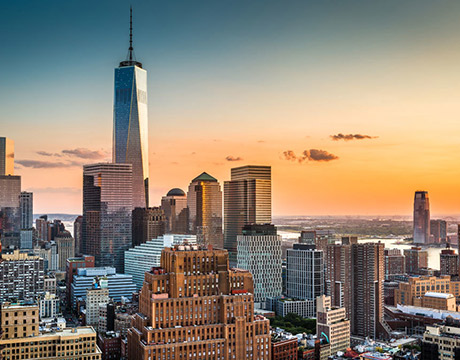
New York
USA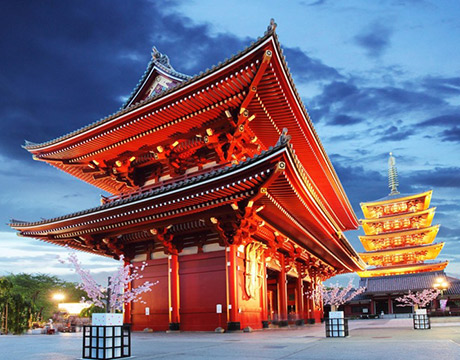
Tokyo
Japan
Bangkok
Thailand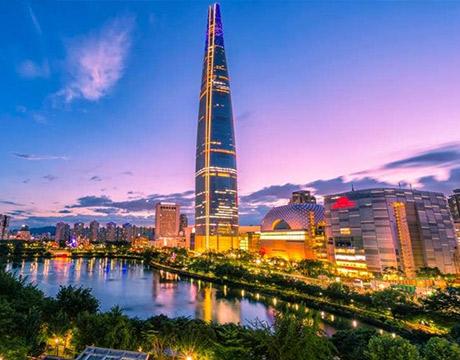
Seoul
South Korea
Vientiane
Laos
Yangon
Myanmar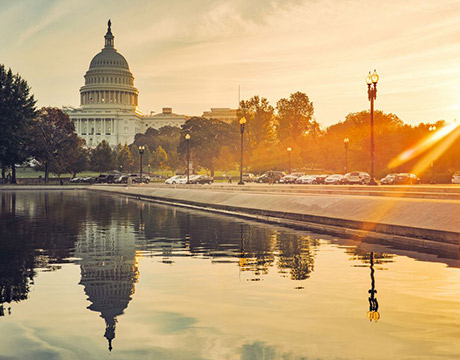
Washington DC
USA
Los Angeles
USA
Ottawa
Canada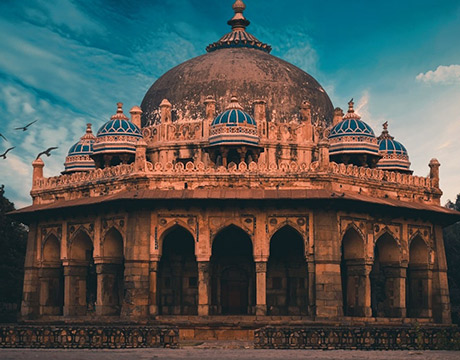
New Delhi
India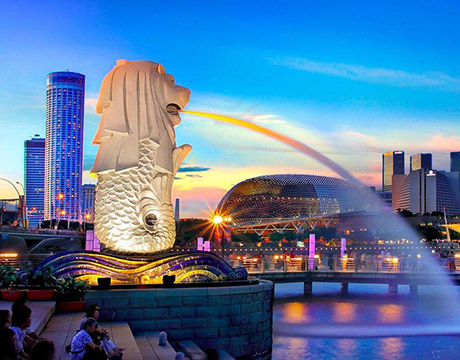
Singapore
Singapore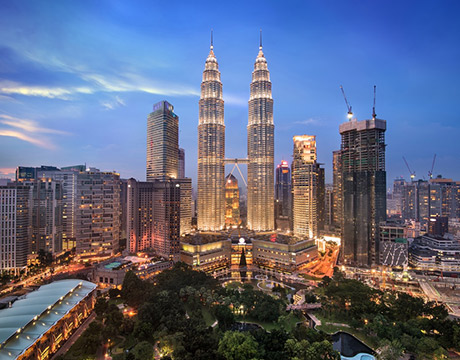
Kuala Lumpur
Malaysia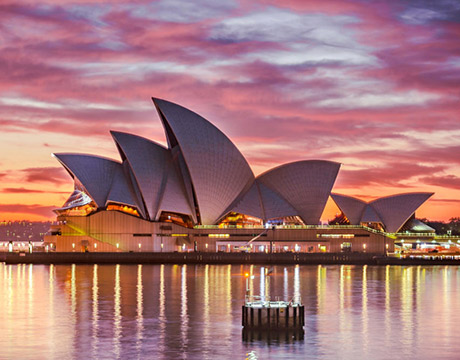
 English
English French
French Khmer
Khmer Thai
Thai Vietnamese
Vietnamese Chinese
Chinese Korean
Korean German
German Japanese
Japanese Italian
Italian Russian
Russian Spanish
Spanish Dutch
Dutch Indonesian
Indonesian Malay
Malay
